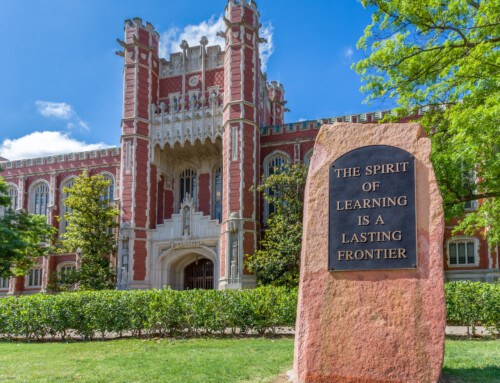In recent news, the U.S. Supreme Court struck down race-conscious policies in college admissions, a decision that has sparked nationwide conversation about the role and importance of affirmative action in higher education. As we move into a future where diversity is more crucial than ever, we must address the implications of this decision and understand why affirmative action has been such a pivotal aspect of college admissions.
Affirmative action policies in higher education have traditionally aimed to increase the representation of Black, Hispanic, and other minority students on campus. The philosophy behind these policies is grounded in the belief that diversity enhances the educational experience for all students. Schools have used race as one of many factors in their holistic approach to admission, a method that also takes into account grades, test scores, and extracurricular activities.
This shift in policy presents a challenge for institutions that have relied on these practices to cultivate a diverse student body. Their challenge now is to find innovative ways to ensure diversity without specifically considering race.
Before we delve into potential solutions, let’s highlight why affirmative action has been so important. Diversity on college campuses is not just about numbers or meeting quotas. It’s about providing an enriching educational environment where students of all backgrounds can learn from one another’s experiences. When we bring together people with different perspectives, we encourage a deeper understanding of the world around us. It fosters empathy, broadens minds, and prepares students for a globalized workplace.
The Supreme Court’s decision is a significant turning point, but it does not signify the end of diversity efforts. Rather, it should serve as a catalyst for colleges and universities to explore other methods of achieving the same goal. Schools need to be creative and proactive in their approaches. Perhaps this means putting more emphasis on socio-economic factors, or focusing on first-generation college students. Maybe it involves investing in comprehensive outreach programs to underrepresented communities or creating scholarships aimed at minority students.
The University of California and the University of Michigan, both of which operate in states that have outlawed race-conscious admissions, have already started to experiment with alternative programs. Their efforts demonstrate a commitment to diversity despite the legal constraints, but they also underscore the difficulty of this task.
The Supreme Court’s decision is a pivotal moment that has initiated a new chapter in the ongoing conversation about diversity in education. It’s our collective responsibility to continue striving for a diverse and inclusive higher education landscape.
As we grapple with this new reality, we must remember that the goal has not changed. The journey towards diversity, equity, and inclusion is a marathon, not a sprint, and we must stay committed to running the course. As we continue to innovate and find new solutions, let us keep the spirit of affirmative action alive, remembering its core purpose: to foster a rich, diverse, and inclusive educational environment where everyone has the chance to learn, grow, and succeed.




